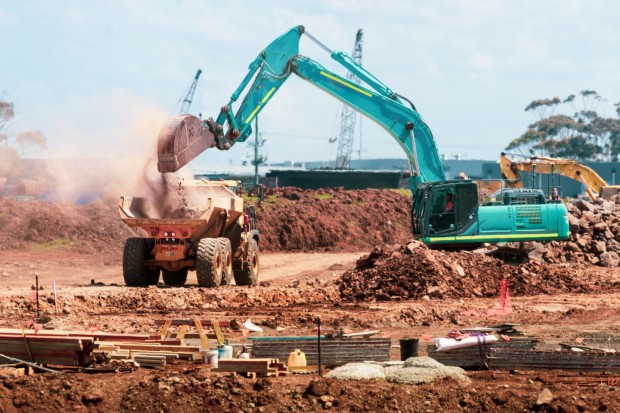The Line serves as a symbol of construction innovation and sustainability. The project's emphasis on environmentally sustainable infrastructure and innovative design establishes a novel norm for expansive urban development initiatives.

(Photo : Unsplash/Troy Mortier )
Sustainable and Cutting-Edge Technology Features of 'The Line'
In January 2021, Mohammed bin Salman bin Abdulaziz Al Saud, the Crown Prince of Saudi Arabia, unveiled a record-breaking global undertaking. The massive urban development project given the moniker 'The Line' promised to construct a city in a straight line, as the name suggests, rather than the conventional spherical urban sprawl that is encountered nowadays.
With an anticipated population of 9 million people, the city would be completely automobile-free. Instead, it would be connected by a high-speed rail system that would allow passengers to travel from one end of The Line to the other in just twenty minutes. The metropolis would span from the Red City to Tabuk, which is 110 miles distant.
This project represents a significant change from the conventional approach to building cities, and the slides that accompanied the prince's presentation, similar to that of Apple two years ago, appeared to be concept art for an ambitious science fiction film. However, individuals who have become used to the traditional ways of living will always find paradigm-shifting concepts strange, even though this is not the first linear city ever created.
In addition, given its allegedly minimal environmental impact and automated operation, 'The Line' may be logical. By implementing this forward-thinking initiative, the Saudi government intends to foster economic diversification and establish itself as a reference point for innovation and sustainability. As mentioned, the city has 34 neighborhoods or blocks, all connected by a contemporary, quick, and underground transportation system.
Every town will feature everything required for daily life, including living quarters, educational institutions, parks, and other amenities. Each side of the Line will feature an identical facade of a structure whose width will not exceed 200 meters. Despite its compact size, this ultra-compact design aims to conserve 95% of the land as natural space while boosting pedestrian movement and decreasing polluting emissions. As the project's architects guaranteed, the Line will be an environmentally sustainable, functional, and habitable metropolitan area.
Also Read: Different Types of Construction Jobs: From Entry Level to Expert Level
Current Challenge on the Project
By 2030, the authorities anticipate that The Line, a 170-kilometer-long linear city consisting of two parallel skyscrapers 500 meters high, will have fewer than 300,000 people. 'The Line' is the most ambitious of the many megaprojects currently undertaken across Saudi Arabia. As per the initial blueprints, the glass-encased metropolis would span 13 square miles and be linked via a high-speed rail system. Its width would be limited to a few hundred meters.
However, due to the announcement that the project would be reduced in scope, at least one contractor has begun terminating employees. Accordingly, the Saudi Arabian sovereign wealth fund has not yet given its approval to Neom's 2024 budget, and the project has been scaled back. The wealth fund is reportedly looking into additional financial sources to assist in financing the project.
Related Article: Saudi Arabia's Ambitious 106-Mile 'The Line' Shrinks to 1.5 Miles Amid Financial Challenges







